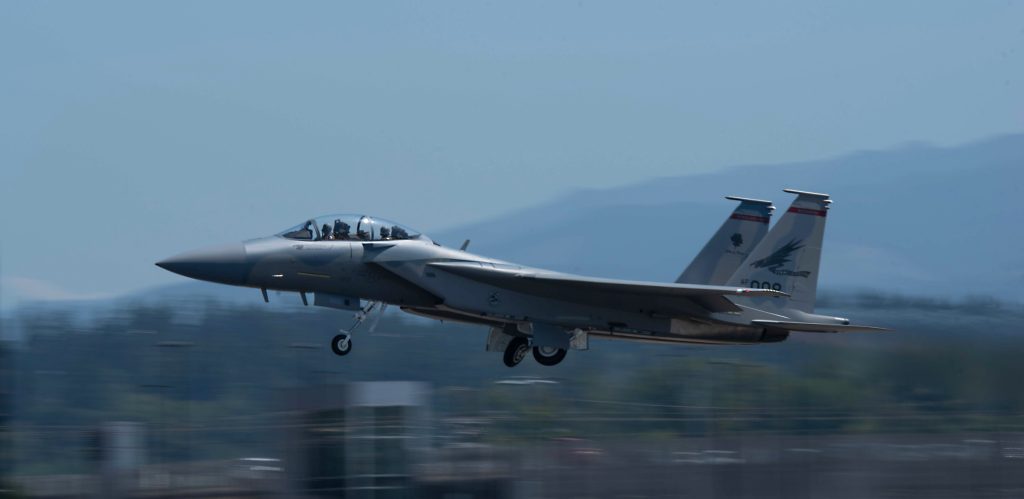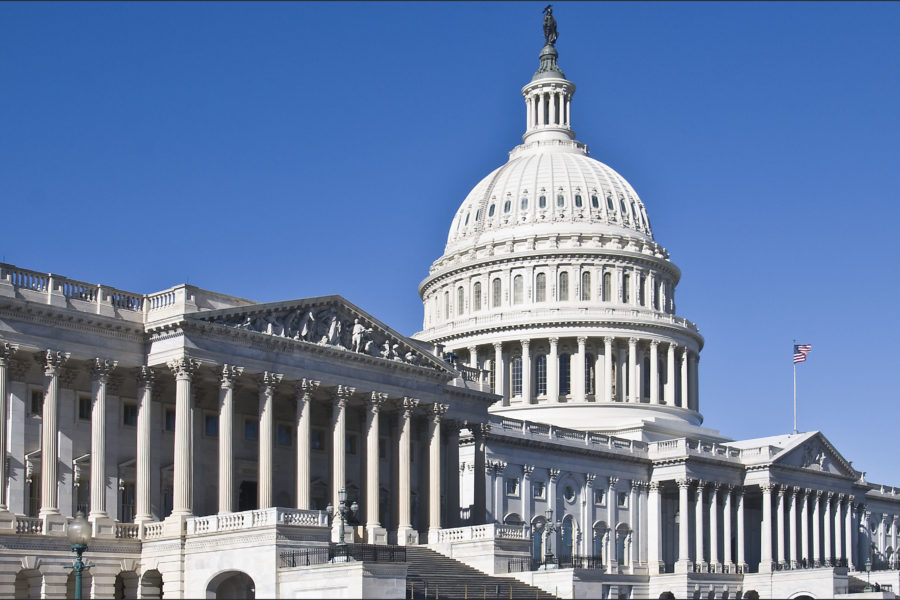The heads of the House and Senate Armed Services committees unveiled a plan for $150 billion in new defense spending in fiscal 2025 as part of a package of spending measures designed to advance President Donald Trump’s agenda.
“This legislation represents a generational upgrade for our nation’s defense capabilities, including historic investments in new technology,” said Sen. Roger Wicker (R-Miss.), chair of the SASC, in the April 27 announcement. Added Rep. Mike Rogers (R-Ala.), his counterpart in the House: “With this bill, we have the opportunity to get back on track and restore our national security and global leadership.”
Still to come is the president’s 2026 budget request, which the Trump administration is expected to unveil in May. Defense Secretary Pete Hegseth has promised the first ever $1 trillion defense budget in ’26. The reconciliation package won’t be part of that; its funds are being counted toward fiscal 2025 and can be spent through fiscal 2029.
But first, Congress must deal with fiscal 2025 spending. The newly proposed bill would inject billions in additional funds into major Air Force priorities like nuclear modernization, aircraft sustainment, and exercises in the Indo-Pacific, and set aside$24.7 billion to fund the president’s “Golden Dome” missile defense initiative, much of it for Space Force satellites and weapon systems.
The biggest Air Force initiatives in the package include:
- $4.5 billion to accelerate production of the B-21 bomber
- $3.15 billion to increase planned production of the F-15EX fighter
- $2.12 billion for “readiness packages to keep Air Force aircraft mission capable,” a major underfunded priority
- $678 million for Collaborative Combat Aircraft, the autonomous unmanned jets being developed to fly alongside manned fighters
- $532 million for Pacific Air Forces to host major biennial exercises
- $500 million extra for the F-47 Next-Generation Air Dominance fighter
Experts say the proposed funds, which still face a lengthy process to approval, only start to address longstanding funding issues that date back years.
“The Air Force needs sustained growth in its budget,” said Mark Gunzinger, a retired USAF colonel and former deputy assistant secretary of defense now with AFA’s Mitchell Institute for Aerospace Studies. “One-off increases in budget allocation for the Air Force is not going to address long-term readiness, insufficient force structure, insufficient flying hours, and so forth.”
Gunzinger co-authored a set of recommendations for the Trump administration calling for an extra $45 billion a year to the Air Force and Space Force. He called the proposed legislation “a very positive signal that [Congress] is sending about the need to rebuild our Air Force.”

Todd Harrison, a budget analyst at the American Enterprise Institute, called the proposal a “down payment” that to be the start of a “sustained effort.”
Gunzinger echoed that point: “You ou have to applaud the Congress for doing it, but at the same time you have to say, it’s the start, but we need follow through.”
Delineating how the new funding breaks down between the different services and combatant commands is difficult. Lawmakers specifically noted $7.2 billion for air superiority efforts, $12.9 billion for nuclear modernization, and $11.1 billion for activities in the Indo-Pacific, though all of those sections include non-Air Force programs. A rough accounting of USAF programs adds up to about $18 billion, not including joint missile procurement with the Navy, and considerably less than the $33.7 billion lawmakers want to invest in revitalizing Navy shipbuilding. That total includes $5.4 billion for two guided missile destroyers, $4.6 billion for an extra attack submarine, and $3.7 billion for an amphibious assault ship.
Harrison and Gunzinger agreed that the Navy was a clear benefactor from the spending package.
“They’ve got a lot of big-ticket things … and I think there is pretty broad support within the Republican Party for shoring up the shipbuilding industrial base [and to] try to grow the Navy,” Harrison said.
Gunzinger said “to an extent, that makes sense, because a conflict with China in the western Pacific, God forbid, that’s probably going to be an air, maritime, space, and cyber fight.” But he also credited the Navy for “very successfully informing the Hill” about its needs. “The Air Force has just recently begun talking about the need for more Air Force, which is exactly correct,” he added.
What’s Next
The new legislation now faces a long, complicated process, called “reconciliation,” to become law. The House and Senate first adopted respective concurrent resolutions directing their various committees to draft legislation either cutting or adding spending; the Armed Services panels were each told to “change laws within its jurisdiction,” and empowered to add up to an extra $150 billion.
Now that Wicker and Rogers have done so, the House will markup the initial bill, and other committees will work through their respective chambers’ budget committee. All the measures will be rolled up into one massive package, which then must each be approved by the full House and Senate.
Top congressional Republicans have said they want to finish the process in the coming months—Speaker of the House Rep. Mike Johnson has said he wants his chamber to pass a completed bill by Memorial Day.
